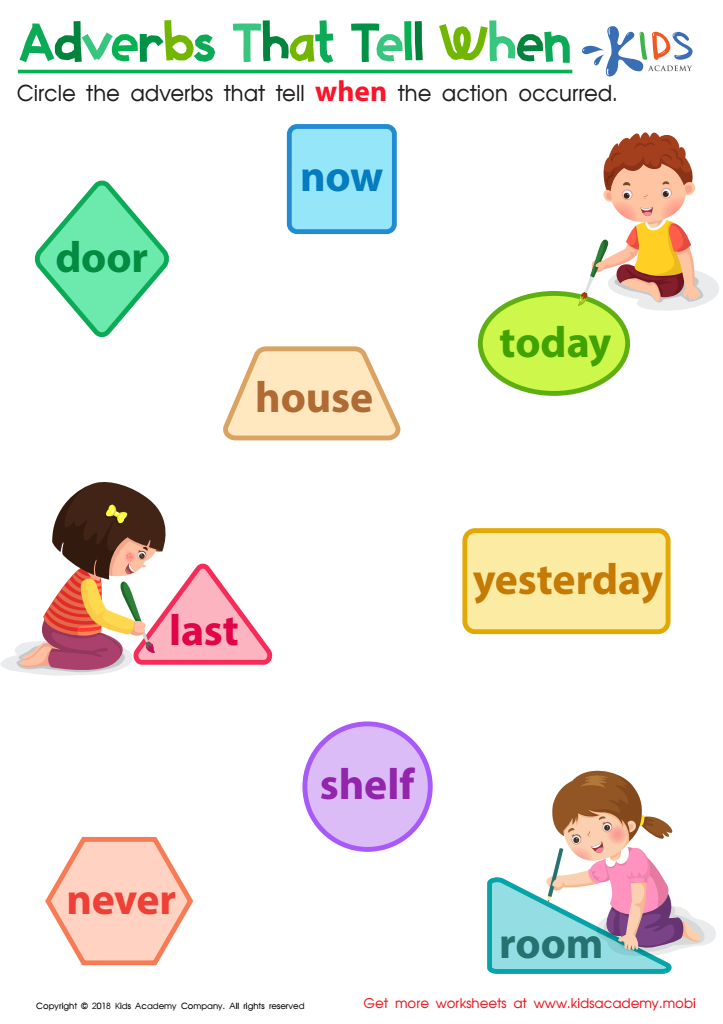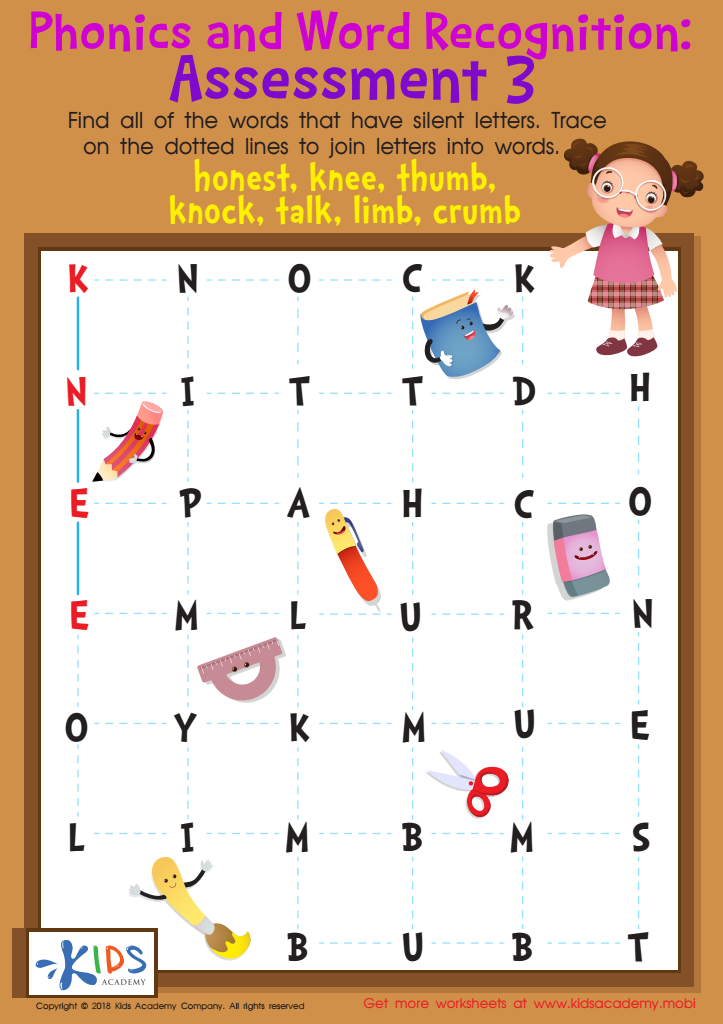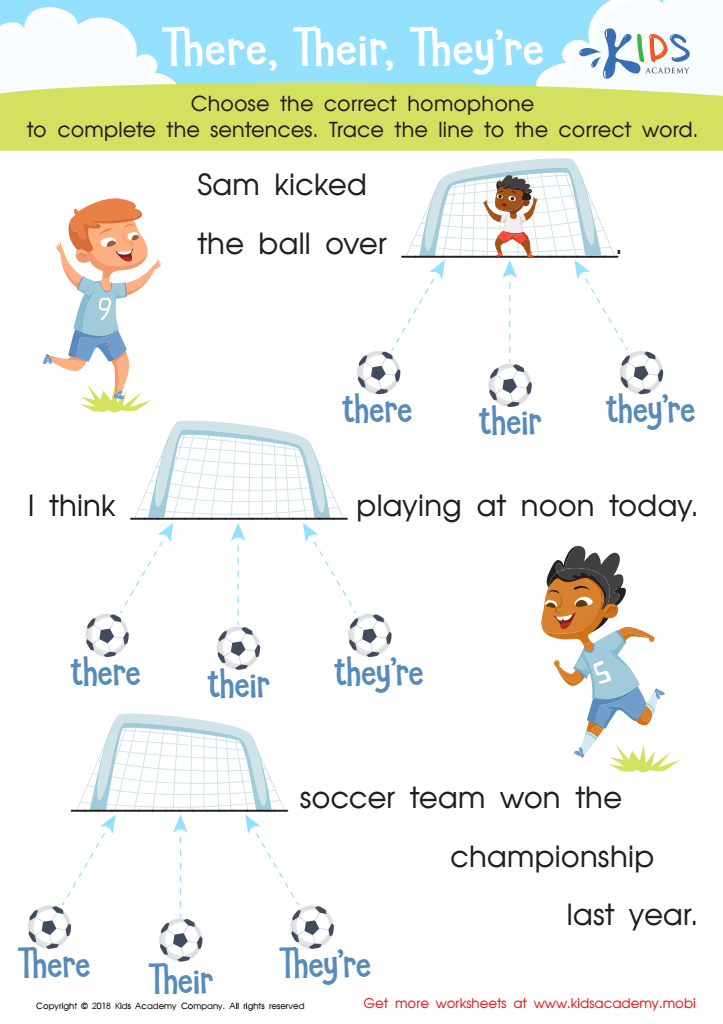Normal Writing Worksheets for Ages 8-9
104 filtered results
-
From - To
Discover the joy of writing with our Normal Writing worksheets, specially designed for Ages 8-9! These engaging and educational worksheets are tailored to help young learners develop their writing skills in a fun and interactive way. From crafting simple sentences to exploring creative storytelling, our worksheets offer a variety of activities that cater to the unique learning pace of each child. Ideal for both classroom and home use, our Normal Writing worksheets for Ages 8-9 are the perfect tool to inspire confidence, enhance literacy skills, and ignite a lifelong passion for writing. Embark on a writing adventure with us today!


Article Ants Worksheet


Tasty Verbs Worksheet


Where Are Pronouns? Worksheet


Adjectives in Sentences Worksheet


Adjectives: At The Zoo Worksheet


Adverb Shells Worksheet


Adverbs That Tell Where Worksheet


Starfish Adverbs Worksheet


Adverbs That Tell us When Worksheet


Dinner Time! Worksheet


The Native Americans Worksheet


Tracing Fun Worksheet


White Tracing Color Words Worksheet


Phonics and Word Recognition: Assessment 3 Worksheet


Phonics and Word Recognition: Assessment 2 Worksheet


Phonics and Word Recognition: Assessment 1 Worksheet


Greek and Latin Roots Worksheet


Action! Worksheet


There, Their, They're Worksheet


How Meaningful! Worksheet


Decoding Multisyllabic Words Worksheet


How Many Syllables Worksheet


Breaking Apart Words Worksheet


Count Them Up Worksheet
Normal Writing worksheets designed for Ages 8-9 play a pivotal role in the educational journey of young learners. At this crucial age, children are in the process of refining their reading and writing skills, and these worksheets offer a structured way to enhance their capabilities.
Firstly, these worksheets are tailored specifically for the developmental stage of 8-9-year-olds, focusing on the complexity of tasks that are just right for their age. This ensures that the exercises neither overwhelm nor bore the students, keeping their engagement and motivation high.
Moreover, Normal Writing worksheets encourage consistent practice, which is essential for mastering the art of writing. By regularly working through these exercises, children develop a stronger grasp of grammar, punctuation, and sentence structure. They also learn to organize their thoughts and express themselves clearly and coherently, skills that are invaluable both in and out of the classroom.
Additionally, these worksheets provide opportunities for creativity and self-expression. Through varied tasks, such as story writing, opinion pieces, and descriptive paragraphs, children can explore different writing styles. This not only enhances their writing proficiency but also boosts their confidence in their ability to communicate effectively.
In conclusion, Normal Writing worksheets for Ages 8-9 are an indispensable tool in nurturing young writers. They offer a balanced mix of challenge and support, paving the way for children to achieve proficiency in writing, which is a key component of their academic success and personal growth.
 Assign to My Students
Assign to My Students







.jpg)













